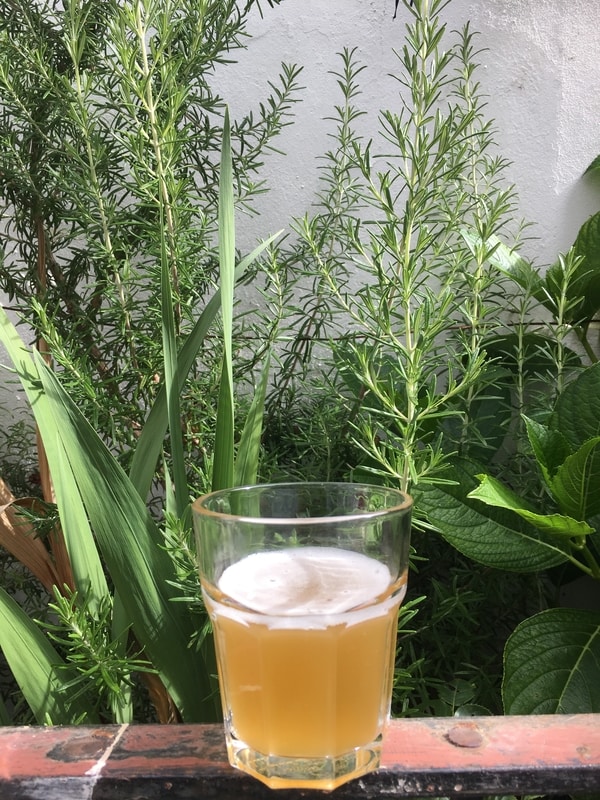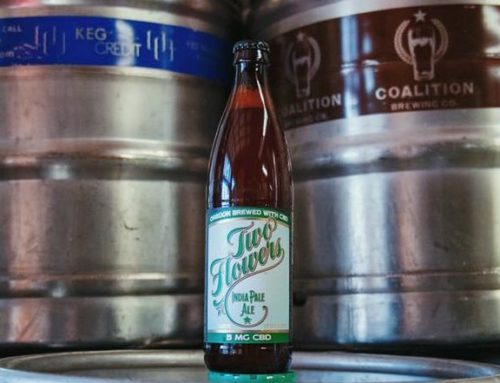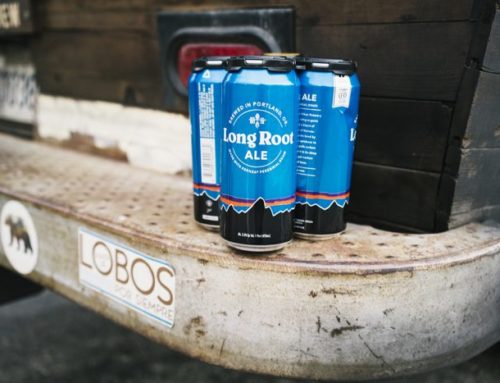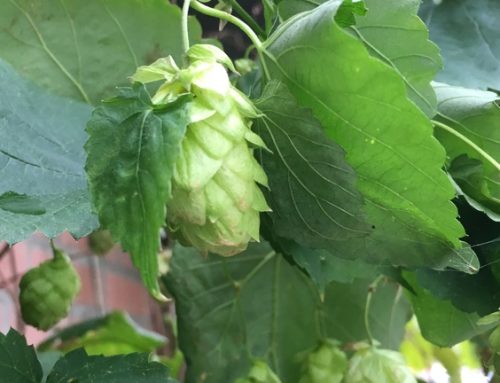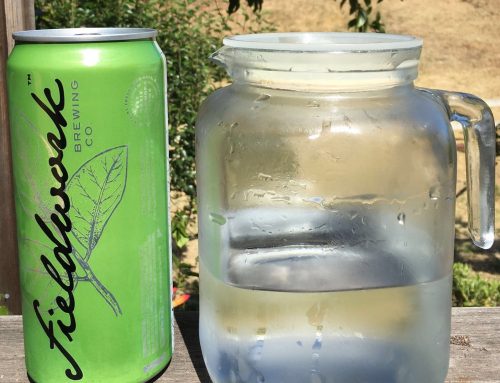We know the basic ingredients of beer—water, malt, and hops—but what about all the other stuff that shows up in craft beer? Beyond the basics, brewers add a lot of stuff to their beers. Milk, honey, citrus, oats, rye, and so on ad infinitum. Using “adjuncts,” as they are called, brewers can experiment with a range of flavors and styles.
Some appear in longstanding, traditional styles like milk stout, roggenbier, sahti, or hefeweizen. Adjuncts are, most essentially, extra stuff for yeast to ferment. But they can also include a wide variety of flavorings: Spices, fruits, or even spicy peppers. Learning about these additives will help you a lot to understand all the different styles of craft beer. The names of many styles are simply a reference to the adjunct that makes them distinct.
Solid Adjuncts vs. Liquid Adjuncts
Adjuncts usually come in two forms: Solid or liquid. Solids tend to be things we associate with grain, like cereal flakes, flours, and and grits. This is where things like rye or oatmeal are added, and they generally go in the mash tun along with the rest of the malt. Mashing helps break these adjuncts down into simpler, fermentable sugars. They supplement the malt, and can change the texture, taste, and body of a beer quite a bit.
Liquid adjuncts are sugary syrups, and are often more of a functional addition. They come into the brewing process after mashing, and can either increase brewing capacity by lightening the load on the mash tun, or help drive secondary fermentation and bottle conditioning.
Getting to Know the Grains
Which adjunct grain goes in a brew can matter quite a bit. Rye, for example, gives beers a robust, spicy flavor, and is now a popular addition to IPAs. Oatmeal stouts are a very popular style, and while they do not typically taste like oatmeal, the addition of oats makes for an exceptional smoothness. Rice, which you might not know is a key adjunct in Budweiser, can lighten up a beer and add sweetness.
Malted barley is, of course, what we refer to as malt, and thus not really an adjunct. But the many tweaks brewers can make using malt extend to adjuncts as well. Wheat is also a popular adjunct, and wheat beers are a very well-known style. The light, bready flavor of hefeweizen is popular the world over. Beyond that, everything from corn to sorghum to cassava can be an adjunct, with various effects on the final product.
Sugar, Spice, and Everything Nice
Other than adding sugar or changing a beer’s texture, brewers can do a lot with adjuncts. Gose, a “kettle sour” that’s seeing a surge in popularity, traditionally features coriander and sea salt. Then of course there is Sahti, that Finnish farmhouse ale. It’s rich flavor comes from the addition of juniper branches and berries, as well as whatever other spices and grains were on hand or nearby to the farm. One region even added raspberries, which brings us to the subject of fruit.
As you are probably aware, fruit in beer is crazy popular nowadays. Grapefruit-infused Citra IPAs deliver a tangy, tart explosion of flavor. Tangerine IPA’s are definitely a thing too. Shandies—an actual blend of fruit juice and beer—are back in a big way. On the darker side of things, chocolate makes frequent appearances in porters or brown ales, and dark beers also benefit greatly from baking spices.
For those who want something that’s just straight up spicy, there are plenty of brewers pushing the boundaries of what one can do with hot chilies. The milk stout is another interesting example of the creative use of adjuncts. Because lactose doesn’t ferment, it retains a sweet and mild flavor, even after sitting in the cask for awhile. It became popular in Britain during the 19th century, when drinkers got tired of stale, aged porters. Oyster stout is another seemingly strange adjunct from England. The phrase started as a way to advertise that a bar had the classic pairing of oysters and stout. Eventually, brewers dumped the leftover shells and ultimately the oysters themselves into the brew, creating a very distinct new style.
Strange adjunct stories like this abound in craft beer, and are a major part of the wonderful variety available to craft beer lovers. Adjuncts have been keeping beer interesting for awhile, and the modern craft beer scene is only just getting started with them!

